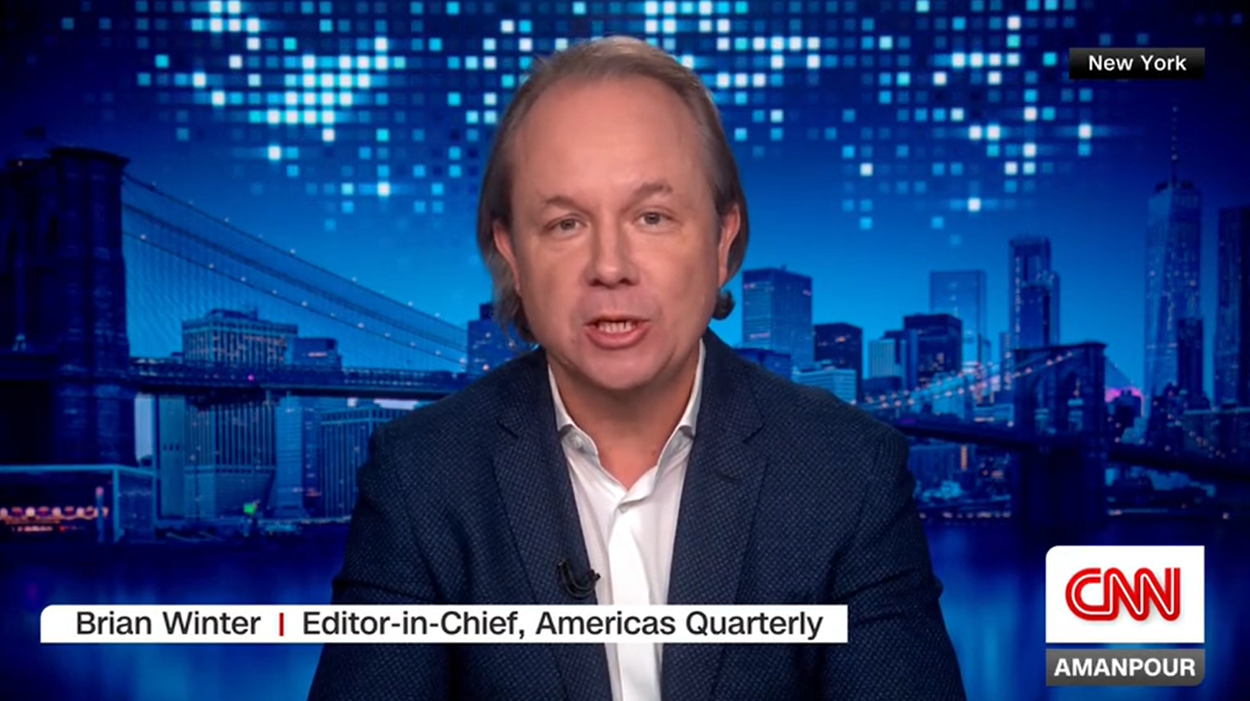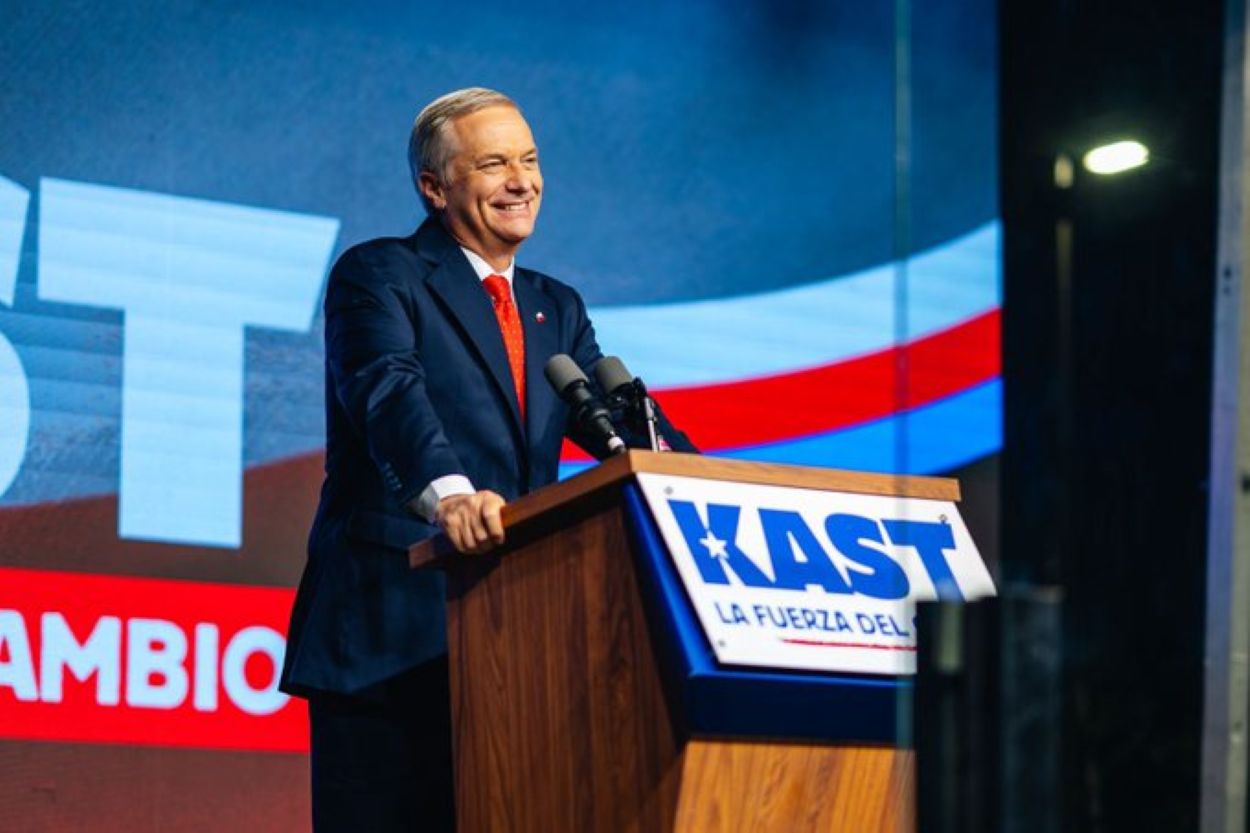Cabinet Changes in Chile: Piñera Reshuffles the Deck
Cabinet Changes in Chile: Piñera Reshuffles the Deck
Facing student protests, striking copper miners, and controversy over energy projects, Chilean President Sebastián Piñera shuffled his cabinet for the second time this year. Will the changes appease detractors?
Facing student protests, striking copper miners, and an ongoing energy controversy, Piñera shuffled his cabinet on Monday for the second time this year. Piñera ordered eight cabinet changes in all, but all but two ministers will trade places with others. The two new additions—Senators Pablo Longueira and Andrés Chadwick—both hail from the Independent Democratic Union, the more conservative party in Piñera’s two-party coalition. With the cabinet shuffle, Piñera hopes to address the social unrest that has pushed his approval rating down to 31 percent June from its peak of 63 percent in October, following the rescue of the 33 trapped miners.
Education Minister Joaquín Lavín’s move to the Ministry of Social Planning aims to defuse a standoff with tens of thousands of student protesters that has dragged on since April. Lavín’s approval rating plummeted by 24 points to 46 percent, according to Adimark, and Chileans now rate education as the area the Piñera administration’s weakest spot. Piñera proposed a $4 billion investment to finance scholarships and other investments in education, but students protesters rejected Piñera’s plan out of hand for opening the door to allowing for-profit schools, which is currently prohibited by law. Lavín’s departure from the Education Ministry pleased student protesters, who continue to occupy at least 100 hundred high schools and universities.
Meanwhile, Mining and Energy Minister Laurence Goldborne traded places with Public Works Minister Hernán de Solminihac in a move that some saw as a reward for Goldborne. Public confidence in Goldborne soared last year because of the role he played in rescuing the 33 trapped miners. His move to the Public Works Ministry comes just days after state copper company CODELCO went on a 24-hour strike—the union’s first in two decades. By moving to Public Works, Goldborne takes on a position of equal or greater importance—the ministry leads reconstruction from the 2010 earthquake—while avoiding politically painful confrontation with the copper miners’ union, reports the Financial Times. He also avoids continuing to associate himself with the controversial HydroAysén dam project, which Piñera approved despite large-scale environmental protests that drew tens of thousands to the streets. (A Chilean court halted construction of the $3.5 billion project on June 20, after opponents filed an injunction.) Goldborne is also widely viewed as a leading conservative possibility for the 2014 presidential elections, in which Piñera will have to sit out due to a constitutional prohibition on consecutive reelection. In a column for La Tercera, political scientist Patricio Navia referred to Golborne’s move as “the official beginning of his presidential run.”
While the cabinet shuffle highlighted the political pressure facing Piñera, his poll numbers are not far off from those of his predecessor Michelle Bachelet, whose cabinet changed three times during her first two years in office. Piñera has already dropped further than Bachelet’s lowest opinion poll rating of 35 percent. But he has also matched her high of 62 percent—a feat she reached in her second month of office and repeated her last year, when she finished her term by becoming Chile’s most popular president since the return to democracy. Like Piñera, education was one of her administration’s weakest points. Student protests sent approval of her handling of education tumbling with regularity every year, beginning each March when the school year began. Piñera likely avoided that confrontation during his first year in office because he took over less than two weeks after the 8.8-magnitude earthquake devastated the country.
Learn more:
- Read an AS/COA Online News Analysis on Piñera’s attempt to reform education.
- Watch a video of Minister Laurence Goldborne discussing the state of Chilean mining and energy at an AS/COA event.
- Compare Adimark’s June 2011 public opinion survey evaluating the Piñera administration’s performance to the January 2010 survey rating outgoing President Bachelet.
- For running commentary on the cabinet shuffle and Chilean politics, follow @patricionavia on Twitter.
- View a slide show of recent protests on The Toronto Star’s website.








